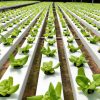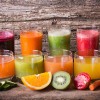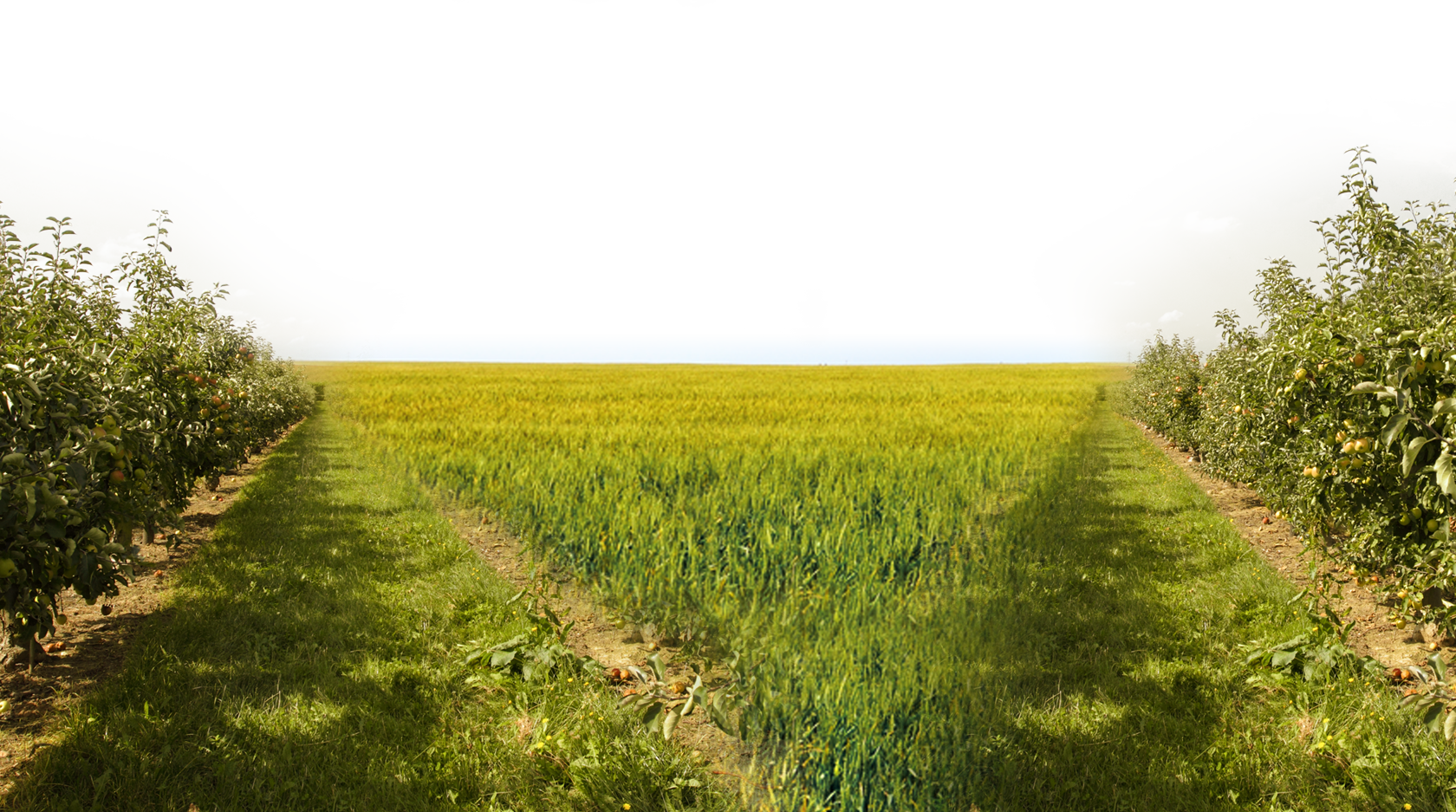
Innovations in Sustainability-Plastic Bottles Repurposed
By Aisleagh Jackson | 0 Comments | Posted 05/19/2014
We are all familiar with ye olde “reduce, reuse, recycle” and most of us give it the old college try; given the existence of the Great Pacific Garbage Patch (a floating plastic island roughly 2x the size of Texas floating in the Pacific Ocean), however, one can be forgiven for feeling occasionally pessimistic. Today I’m sharing a few reasons to turn that frown upside down, and rejoice at what can happen when civil engineering and sustainability efforts join forces.
Let us first turn to Beijing, where more than 100 “reverse vending” machines are being installed as part of a “recycle to ride” initiative in the local subways: These machines accept plastic bottles (polyethylene terephthalate (PET) bottles, to be precise) and credit the recycler to their commuter passes, while also crushing and sorting the bottles according to color and type. (New Yorkers, take note!) The Guardian covers the topic at greater length (link below) and cites an interesting opinion from Shanghai-based blogger Adam Minter-“”In the west, recycling is seen as a green activity. In developing Asia, it is an economic activity.” This distinction is culturally interesting, though I wonder if the West mightn’t benefit from merging the two greens into one concern?
Next stop San Pablo, Philippines, where MyShelter Foundation teamed up with Illac Diaz to turn plastic bottle waste into a schoolhouse- the first of it’s kind in Asia. Constructed from plastic bottles filled with adobe and secured with liquefied adobe and steel bars, the building stands in defiance of the old maxim “you can’t make a silk purse of out a sows ear.” Well, maybe not- but you can evidently create a haven of education from your discarded soda bottles.
Rounding out our reasons to smile takes us to Granados, Guatemala, where 25-year-0ld Oregonian and former Peace Corps Volunteer Laura Kutner brought this same spirit of innovation to bear on a grass-roots playing field. Arriving to find a framed but unfinished school building and no funding to complete it, Kutner set about rallying the local community, who collected over 4,000 used plastic bottles which were then stuffed (by hand) with plastic bags for stability. Taking a page from a Guatemalan group called Pura Vida, which pioneered the use of bottle-filled “eco-blocks” for community construction, and enlisting the aid of local businesses and the goodwill organization Hug it Forward, the school now stands strong and offers two classrooms.
What innovations in sustainability have you excited about the future?
For more on the “recycle to ride” program:
Beijing recycling banks subway bottles
For more on the “Bottle Schools”:
Asia’s first school made of plastic bottles is 3x stronger than concrete
Portlander_uses_plastic_bottle


 Contact us
Contact us



























